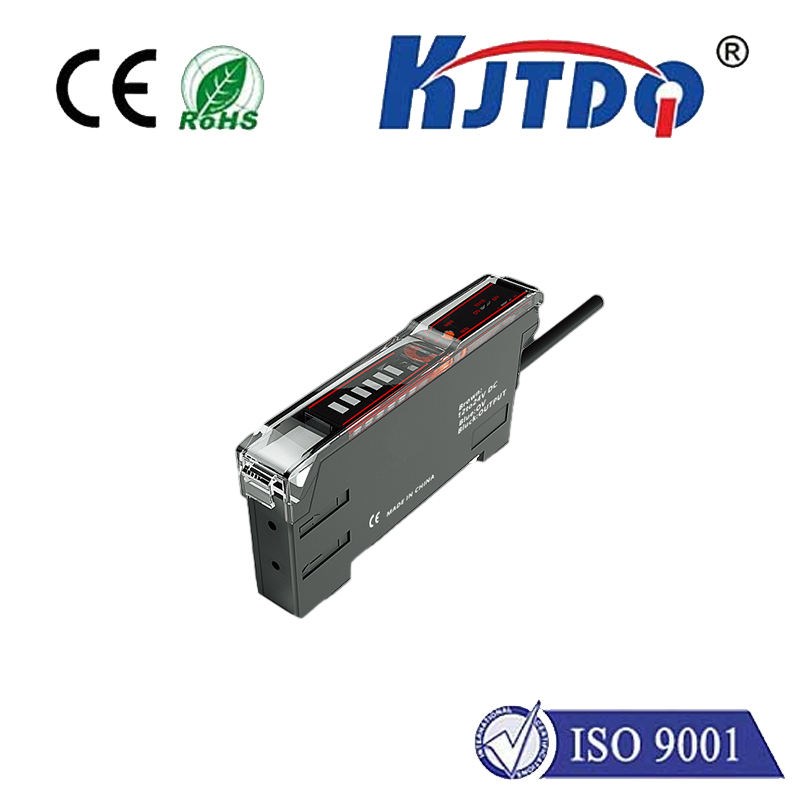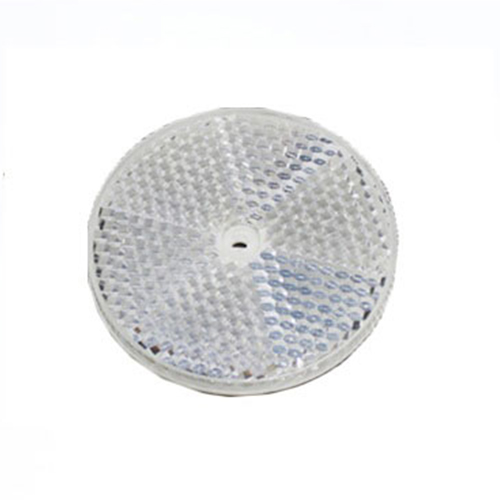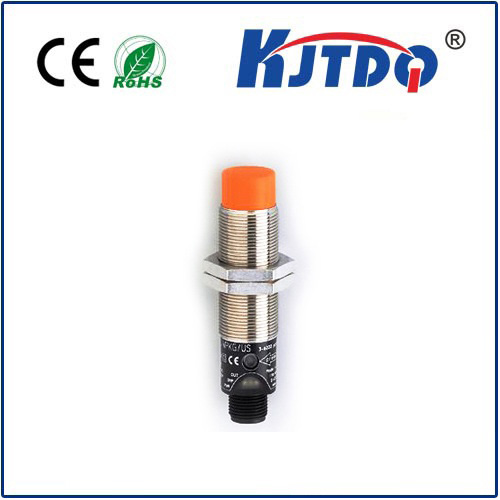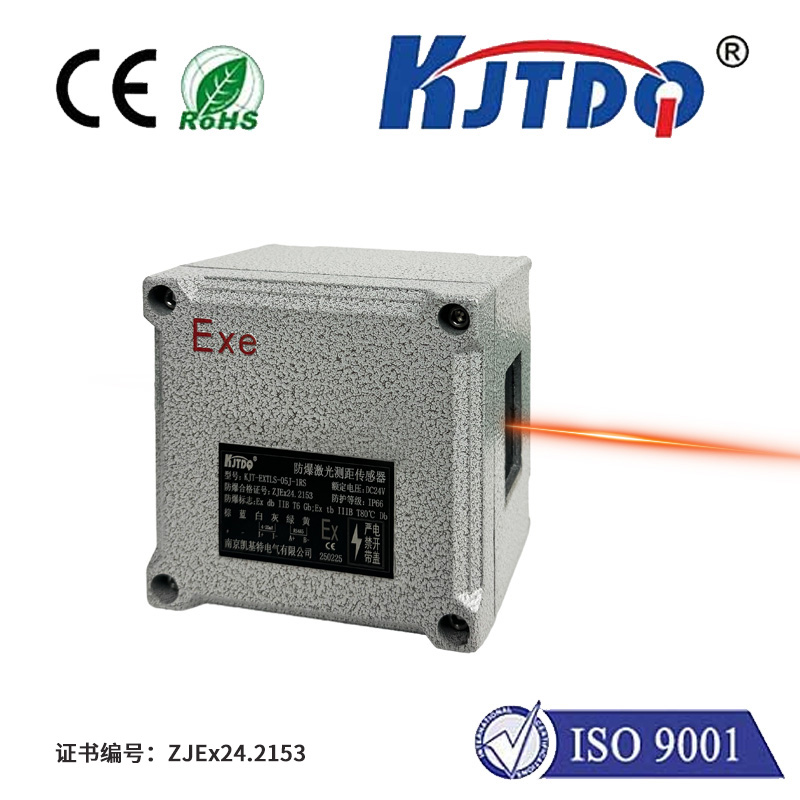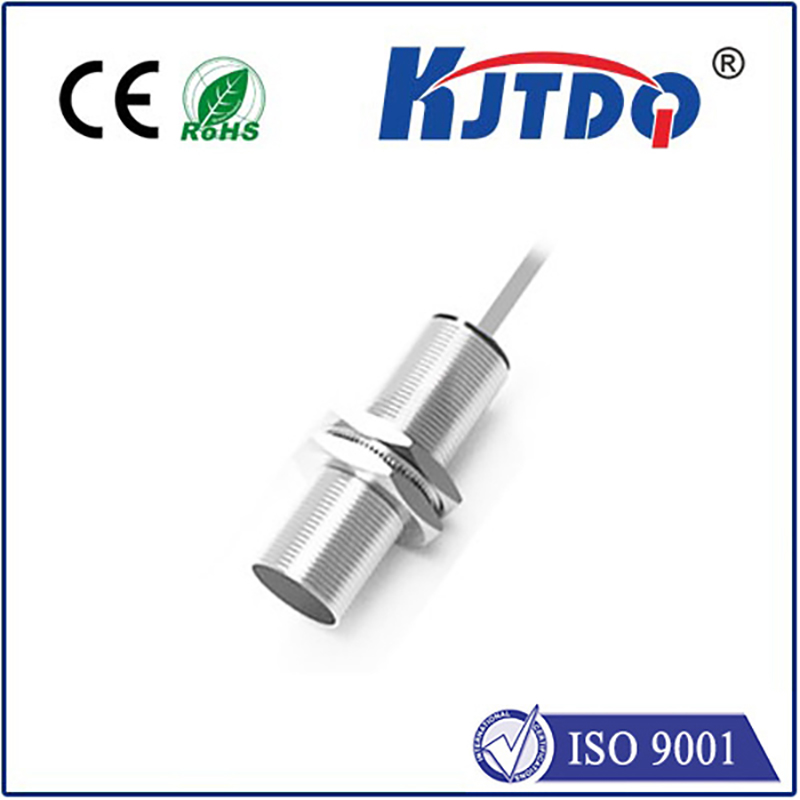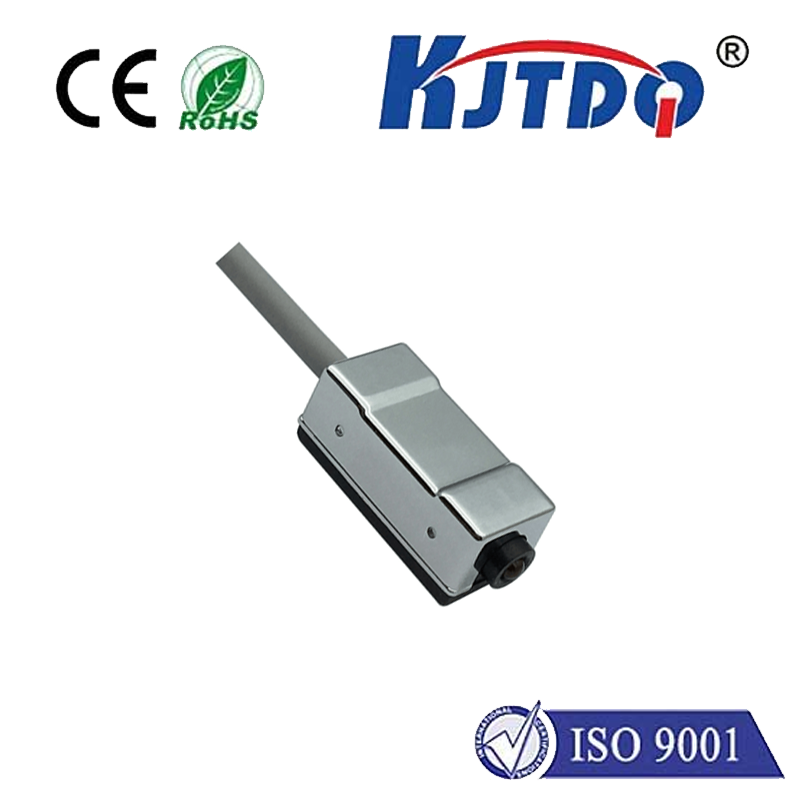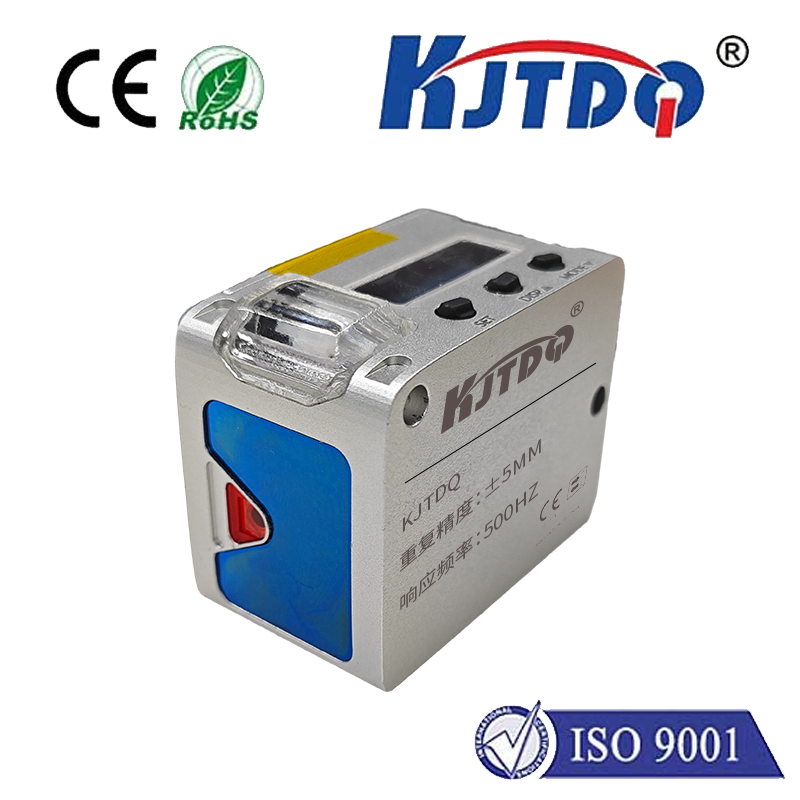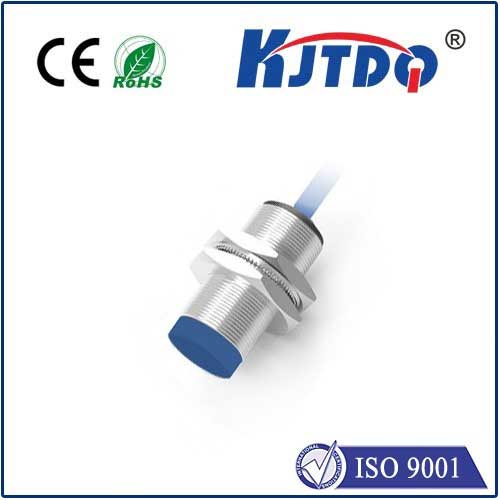diffuse photoelectric sensor infrared
- time:2025-09-12 00:21:12
- Click:0
Beyond Contact: How Diffuse Infrared Photoelectric Sensors Revolutionize Object Detection
Ever struggled to detect an inconsistently shaped object on a fast-moving line? Or needed a reliable presence check in a dusty, vibration-prone environment where physical switches fail? Welcome to the workhorse world of diffuse photoelectric sensors, particularly those leveraging infrared (IR) light – a cornerstone technology silently driving efficiency in countless industries. Unlike their proximity sensor cousins that sense metal, or complex vision systems, these sensors offer a remarkably simple yet robust solution for detecting the presence, absence, or distance of virtually any object. Let’s delve into the elegantly efficient world of the diffuse IR photoelectric sensor.
Demystifying the Core Principle: Light, Object, Diffusion
At its heart, a diffuse photoelectric sensor operates on a simple premise. It contains both an emitter (typically an infrared LED) and a receiver (a phototransistor or photodiode) housed together in a single unit. The emitter constantly projects a beam of light – in this case, invisible infrared light. When an object enters this beam within the sensor’s specified range, several things happen:
- Strike: The IR light beam strikes the object’s surface.
- Diffuse Reflection: The object’s surface scatters or diffuses the light in all directions. This is key – it relies on the object reflecting light back, however messily, unlike reflective sensors that need a dedicated reflector.
- Detection: A tiny fraction of this diffusely reflected light travels back towards the sensor and is captured by the receiver.
- Signal Processing: The sensor’s internal circuitry detects this change in received light intensity. When the reflected signal surpasses a predefined threshold, the sensor’s output state changes (e.g., from OFF to ON), signaling the object’s presence.
Why Infrared? The Invisible Advantage
While diffuse sensors come in various light types (visible red, laser), infrared offers distinct benefits:

- Invisibility: Being outside the human visual spectrum, IR light doesn’t create distracting visual cues or interfere with operators.
- Reduced Ambient Light Interference: Sensors are designed to filter out common ambient light sources (like factory lighting or sunlight), focusing primarily on the specific IR wavelength emitted, enhancing robustness.
- Material Independence: Infrared light interacts reasonably well with a vast range of materials – plastics, wood, cardboard, glass, liquids, and more – making these sensors incredibly versatile. While performance varies slightly (dark, non-reflective materials are harder to detect at longer ranges), their broad applicability is a major strength.
- Cost-Effectiveness: IR LEDs and detectors are mature, reliable, and relatively inexpensive components.
The Diffuse Advantage: Simplicity Meets Flexibility
So, why choose diffuse mode specifically?
- Single-Sided Installation: This is the biggest advantage. Unlike through-beam sensors (which require a separate emitter and receiver unit, aligned on opposite sides of the target) or retro-reflective sensors (which need a reflector opposite the sensor), the diffuse photoelectric sensor is completely self-contained. You mount it on one side, point it towards where the object will be, and it’s ready to go. This drastically simplifies setup, reduces wiring complexity, and lowers installation costs.
- Compact Size: Combining emitter and receiver allows for a smaller, more streamlined sensor design.
- Object Surface Detection: It detects the physical presence based on the object’s surface reflection, ideal for applications like counting boxes, detecting bottles, or verifying parts on a pallet.
Understanding Limitations: Range and Background
Like any technology, diffuse IR sensors have inherent limitations governed by physics:
- Shorter Sensing Range: Compared to through-beam or retro-reflective types, diffuse sensors typically offer shorter maximum sensing distances. This is because only a small amount of diffusely scattered light makes it back to the receiver. Ranges are highly dependent on the object’s size, color, and surface texture.
- Background Suppression Challenges: If there are highly reflective surfaces behind the target object, the sensor might detect the background reflection instead of, or in addition to, the target, causing false triggers. Advanced Background Suppression (BGS) variants mitigate this by focusing sensitivity on a very specific distance zone in front of the sensor, ignoring reflections beyond that point. Time-of-Flight (ToF) diffuse sensors provide even more precise distance measurement and background immunity.
Where Diffuse IR Photoelectric Sensors Shine: Real-World Applications
Their blend of simplicity, reliability, and non-contact detection makes them ubiquitous:
- Packaging & Material Handling: Detecting the presence of boxes, cartons, bottles, cans, bags on conveyors, verifying filled levels in containers, counting products, monitoring pallet stacking height.
- Automotive Manufacturing: Verifying component presence on assembly lines (e.g., dashboard installation, seat positioning), detecting door or hood openings, checking for robots or AGVs in work zones.
- Food & Beverage: Monitoring fill levels in bottles or cartons, detecting product in wrappers or cases, confirming cap placement, sensing labels.
- Printing & Paper: Detecting paper jams, verifying sheet feed, sensing roll diameter, confirming label presence.
- Machine Safety: Simpler presence detection for non-critical safety interlocks (e.g., guarding), detecting operator hands near zones. (Note: For critical safety, use certified safety light curtains).
- Assembly Automation: Verifying part placement, detecting tool heads, triggering subsequent process steps upon part arrival.
- Pharmaceuticals: Detecting vials, ampoules, caps, and blister packs on high-speed lines.
Selecting the Right Sensor: Key Considerations
Choosing the optimal infrared diffuse photoelectric sensor involves evaluating several factors:
- Required Sensing Range: Match the sensor’s specified range to your application’s working distance.
- Object Characteristics: Consider the object’s size, color, surface material, and reflectivity. Dark, matte, or small objects require sensors specifically rated for those challenging conditions or closer mounting.
- Environment: Assess ambient dust, moisture, temperature extremes, vibration, and potential electrical interference. Look for appropriate IP ratings (Ingress Protection - e.g., IP67, IP69K) and robust housings.
- Output Type Needed: Digital (NPN/PNP transistor) switching outputs are common. Decide between Normally Open (NO) or Normally Closed (NC) logic. Analog outputs are available for distance measurement.
- Special Features: Does the application require background suppression (BGS), fixed-field (energy field suppression), or distance-measuring (ToF) capabilities? Is a visible red pilot LED beam for setup essential?
- Response Time: Critical for high-speed lines; ensure the sensor can switch as fast as your objects move.
The Unseen Enabler of Modern Automation
The diffuse IR photoelectric sensor exemplifies how elegantly simple solutions often solve complex problems. Its single-sided operation, material versatility, and non-contact detection principle, powered by reliable infrared light, make it an indispensable tool in the automation engineer’s arsenal. From guaranteeing the smooth flow of packages on a conveyor to ensuring critical components are present before a welding cycle begins, these sensors provide the vital “eyes” that keep countless processes running safely, efficiently, and reliably. Understanding their operation, strengths, and limitations is key to unlocking their full potential in optimizing operations across a vast spectrum of industries.







